The Mesmerizing Amber Windows

Those piercing amber eyes hold secrets that have captivated humans for millennia. When a leopard fixes its gaze upon you, time seems to freeze, and you’re transported into a world where primal instincts reign supreme.
The intensity behind those golden orbs speaks of countless nights spent stalking through moonlit forests. Each blink carries the weight of evolution, the wisdom of a predator perfectly adapted to its environment.
Reading the Language of Survival

A leopard’s eyes tell stories that words cannot capture. The slight narrowing signals focus, while the steady stare communicates confidence bordering on arrogance. These subtle expressions have been honed over millions of years of evolution.
Wildlife photographers often speak of the moment when a leopard makes eye contact through their lens. It’s not just a look—it’s an acknowledgment, a brief connection between two very different worlds.
The Hunting Stare That Freezes Prey

When a leopard locks onto its target, those eyes transform into laser-focused instruments of death. The pupils dilate, the muscles tense, and every fiber of the cat’s being becomes concentrated into that singular, predatory gaze.
Prey animals instinctively recognize this look of impending doom. Antelope freeze mid-stride, monkeys screech warnings, and even the forest seems to hold its breath when a leopard enters hunting mode.
Maternal Tenderness Behind the Fierce Exterior
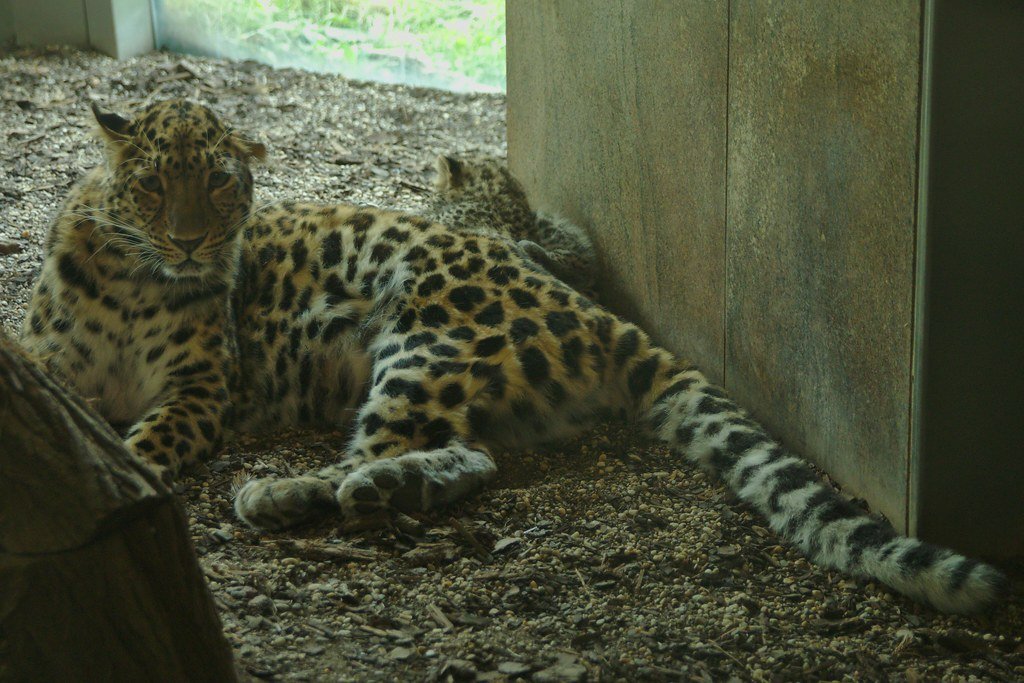
The same eyes that strike terror into prey can melt hearts when gazing upon cubs. A mother leopard’s expression softens dramatically, revealing a gentleness that contradicts her fearsome reputation.
This transformation is remarkable to witness. The hard edges disappear, replaced by warmth and protectiveness that rivals any human parent’s devotion. It’s a reminder that beneath the predator lies a complex emotional being.
Territory Wars Written in Hostile Glares
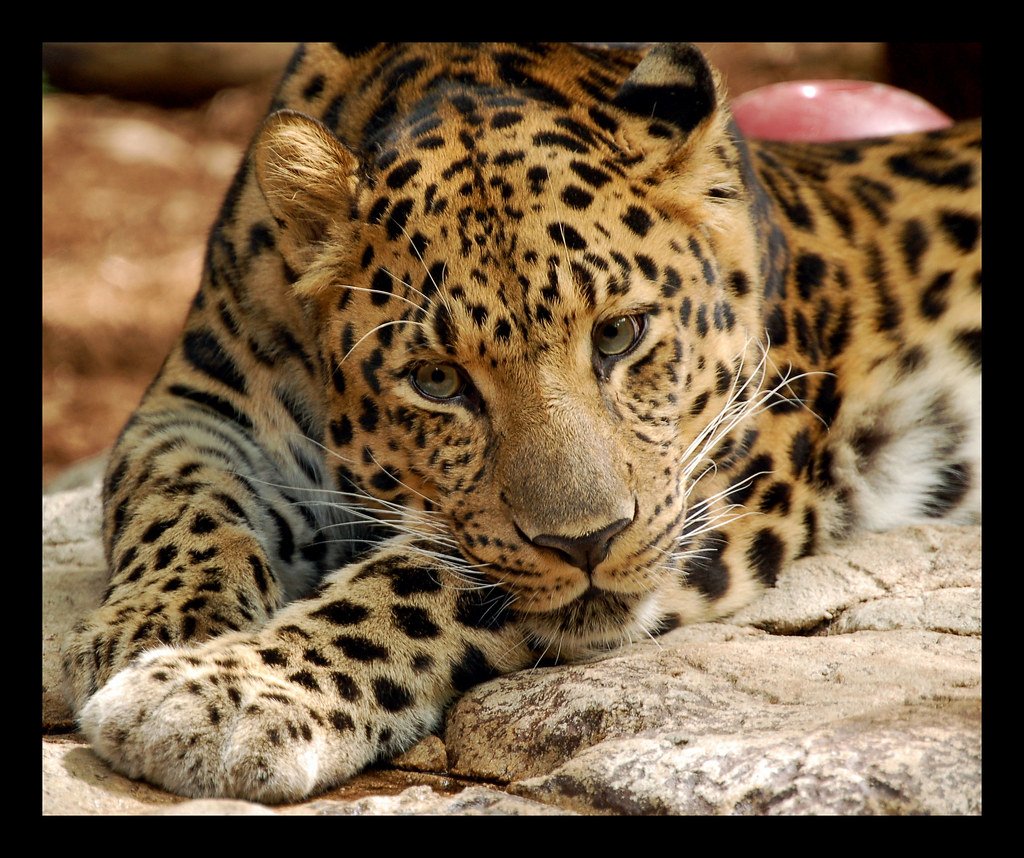
When two leopards meet at territorial boundaries, their eyes become weapons of psychological warfare. The stare-down can last for minutes, each cat testing the other’s resolve without a single paw being raised.
These silent battles often determine ownership of prime hunting grounds. The leopard whose gaze wavers first usually retreats, understanding that the eyes have spoken louder than any roar could.
Curiosity Sparked by Human Presence
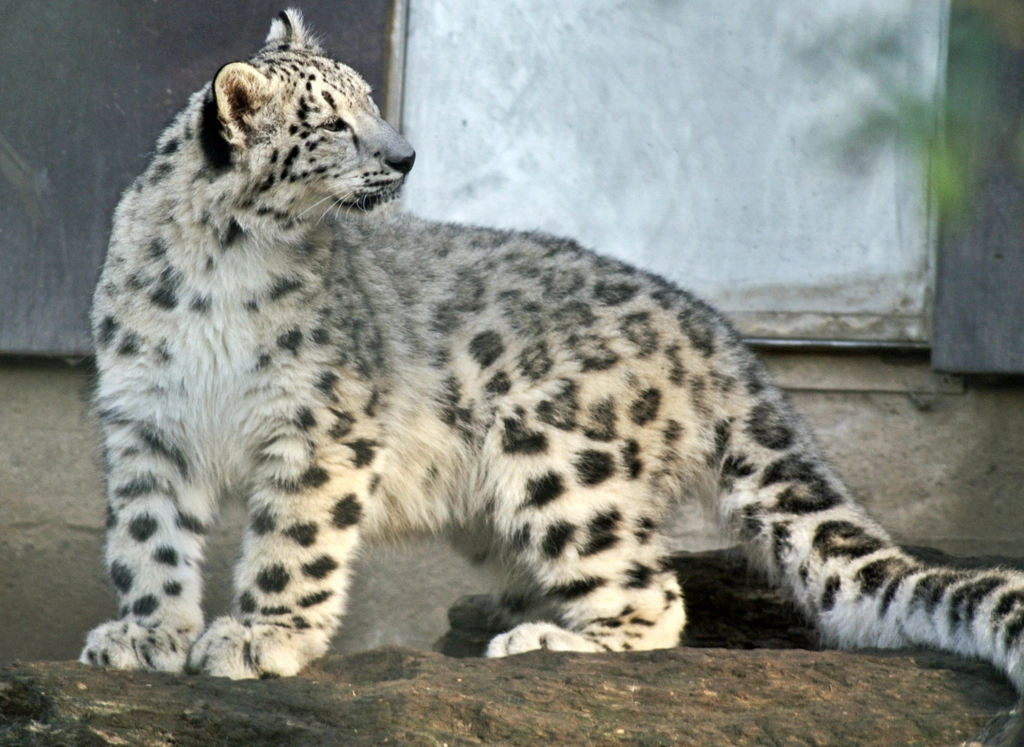
Modern leopards living near human settlements have developed a different kind of gaze—one tinged with curiosity rather than pure wildness. Their eyes follow human movement with an intelligence that suggests they’re learning, adapting, calculating.
This evolution in their expression reflects the changing relationship between leopards and humans. Where once there was only fear or aggression, now there’s often a cautious interest in these strange, upright creatures.
The Nocturnal Advantage Revealed
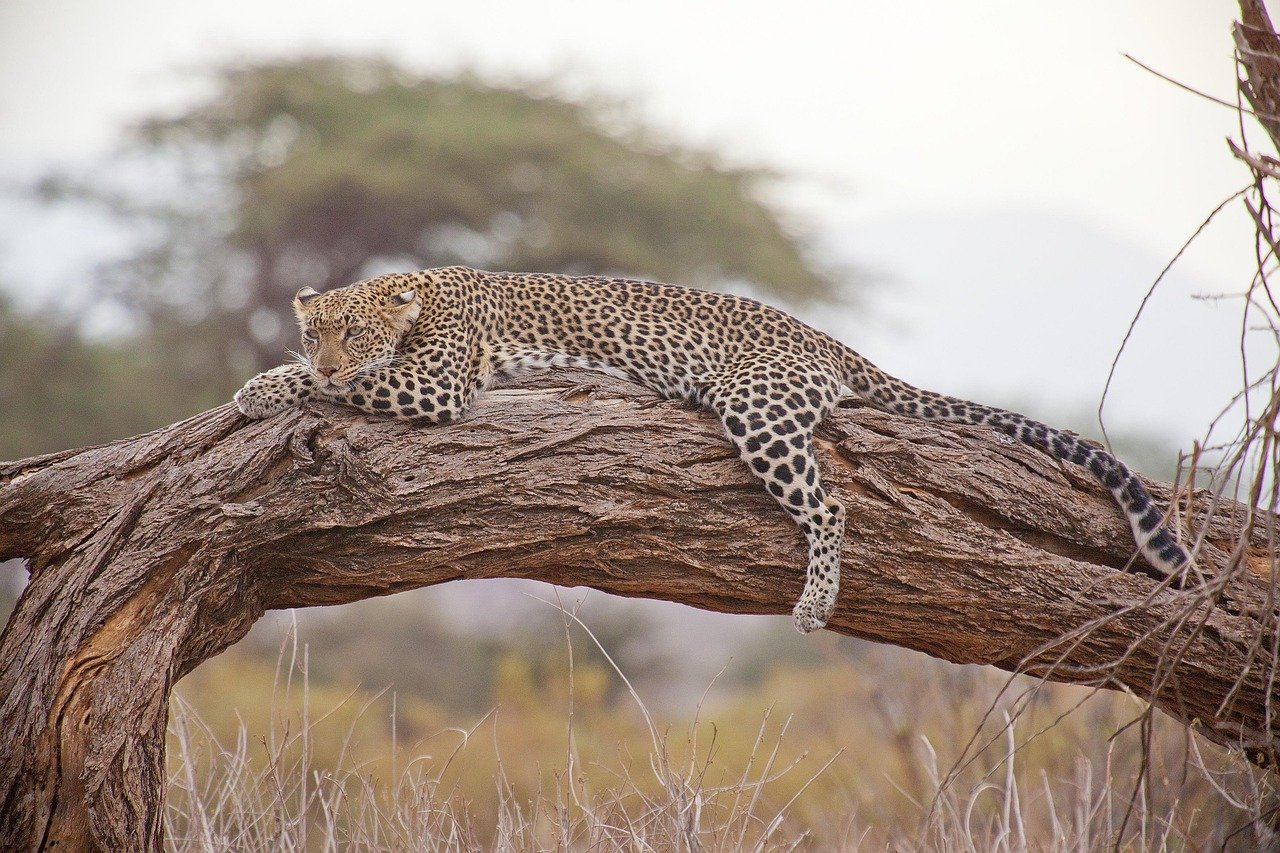
In darkness, a leopard’s eyes transform into glowing beacons that seem almost supernatural. The tapetum lucidum—a reflective layer behind the retina—creates that eerie shine that has inspired countless legends and folklore.
This adaptation gives leopards a crucial advantage in their preferred hunting hours. While prey stumbles blind through the darkness, the leopard sees everything with crystal clarity, making night their kingdom.
Stress Signals Hidden in Plain Sight
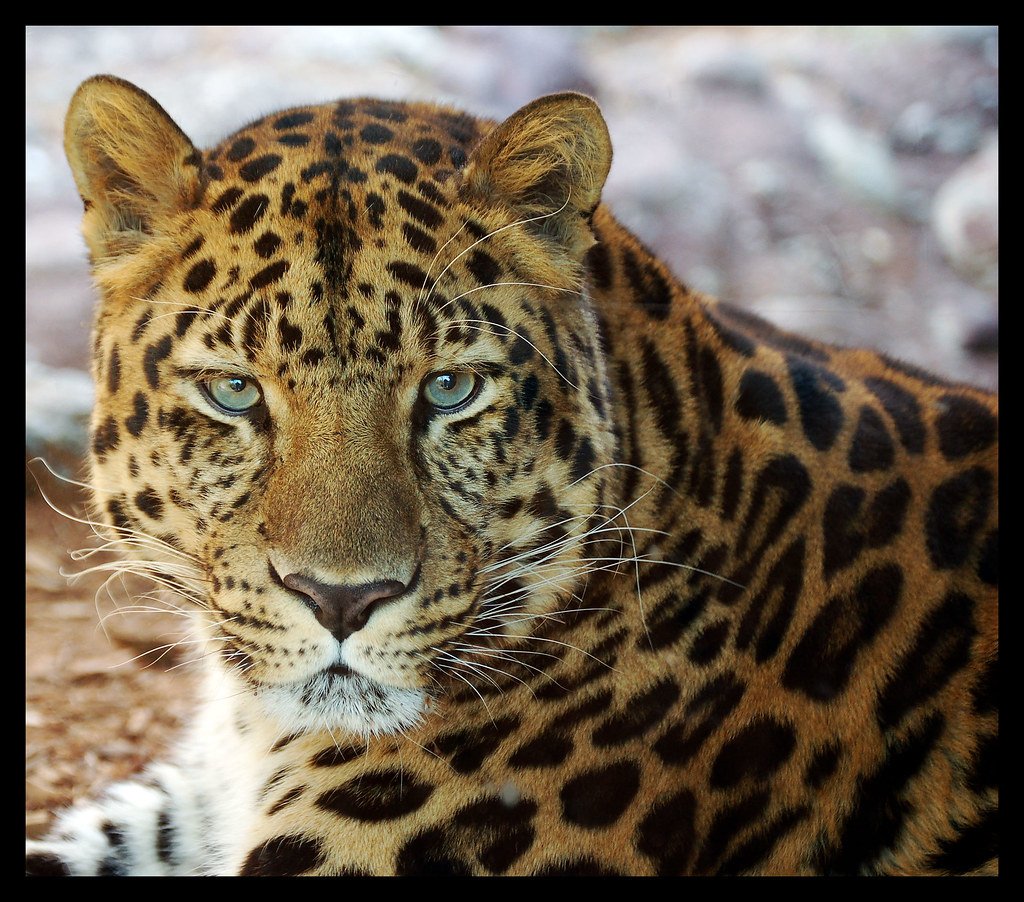
Experienced wildlife observers can read a leopard’s stress levels through subtle changes in their eye behavior. Rapid blinking, dilated pupils, or an inability to maintain steady eye contact all signal distress or discomfort.
These signs are particularly important for conservationists working to protect leopard populations. Understanding when these cats are stressed helps create better protection strategies and habitat management plans.
The Playful Spark of Youth

Young leopards possess a distinctly different gaze—one filled with mischief and unbridled energy. Their eyes dart constantly, taking in every detail of their expanding world with wonder and excitement.
This youthful expression gradually hardens as they mature, replaced by the calculated intensity of adult predators. Watching this transformation is like witnessing the loss of innocence in real-time.
Intelligence Beyond Instinct
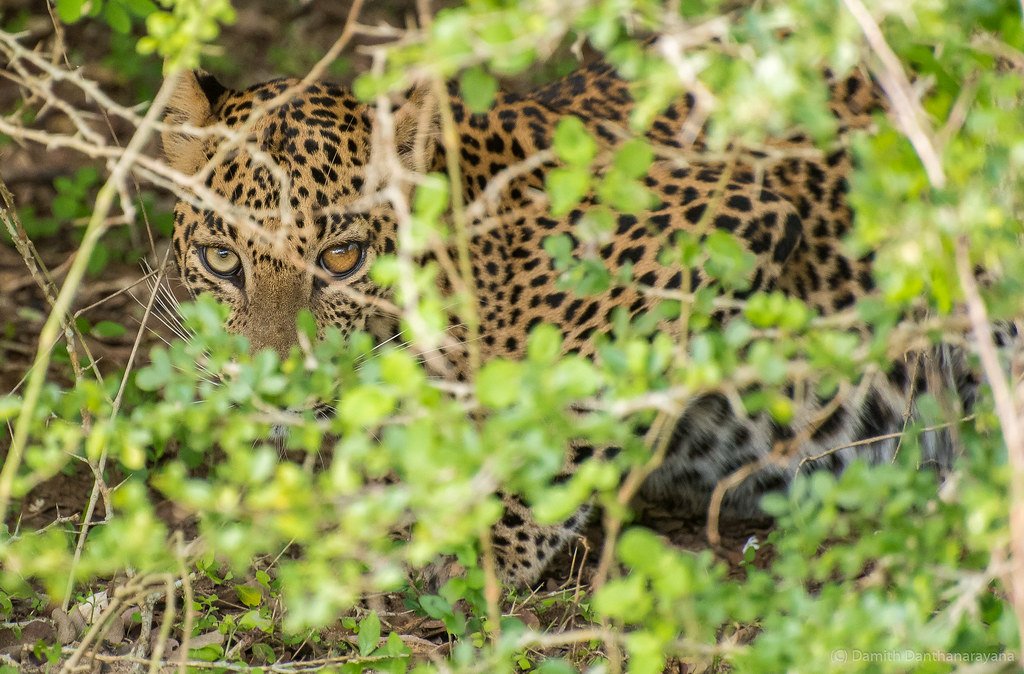
Recent studies suggest that leopards possess remarkable problem-solving abilities, and their eyes reflect this intelligence. The thoughtful, almost contemplative look they wear when faced with obstacles speaks to cognitive abilities we’re only beginning to understand.
Wildlife researchers have documented leopards studying human behavior, learning patrol patterns, and even adapting their hunting strategies based on human activity. Their eyes reveal a mind constantly processing and learning.
The Melancholy of Captivity

Perhaps the most heartbreaking gaze belongs to leopards in captivity. Their eyes often carry a distant, longing quality that speaks to everything they’ve lost—freedom, purpose, the thrill of the hunt.
This expression has sparked numerous conservation efforts and debates about wildlife captivity. When you see that hollow look in a caged leopard’s eyes, the moral complexities of human-wildlife relationships become impossible to ignore.
Seasonal Changes in Expression

A leopard’s gaze changes with the seasons, reflecting the rhythms of their environment. During the dry season, their eyes carry the hard desperation of survival, while the wet season brings a more relaxed, content expression.
These seasonal variations remind us that leopards are deeply connected to their environment. Their eyes serve as windows not just into their souls, but into the health of entire ecosystems.
The Final Farewell

When a leopard is dying, their eyes undergo a profound transformation. The fierce intensity fades, replaced by something almost peaceful—a letting go that speaks to the natural cycle of life and death.
Wildlife photographers who have witnessed this final gaze describe it as both heartbreaking and beautiful. It’s a reminder that even the most powerful predators are part of something larger than themselves.
Conservation’s Urgent Message
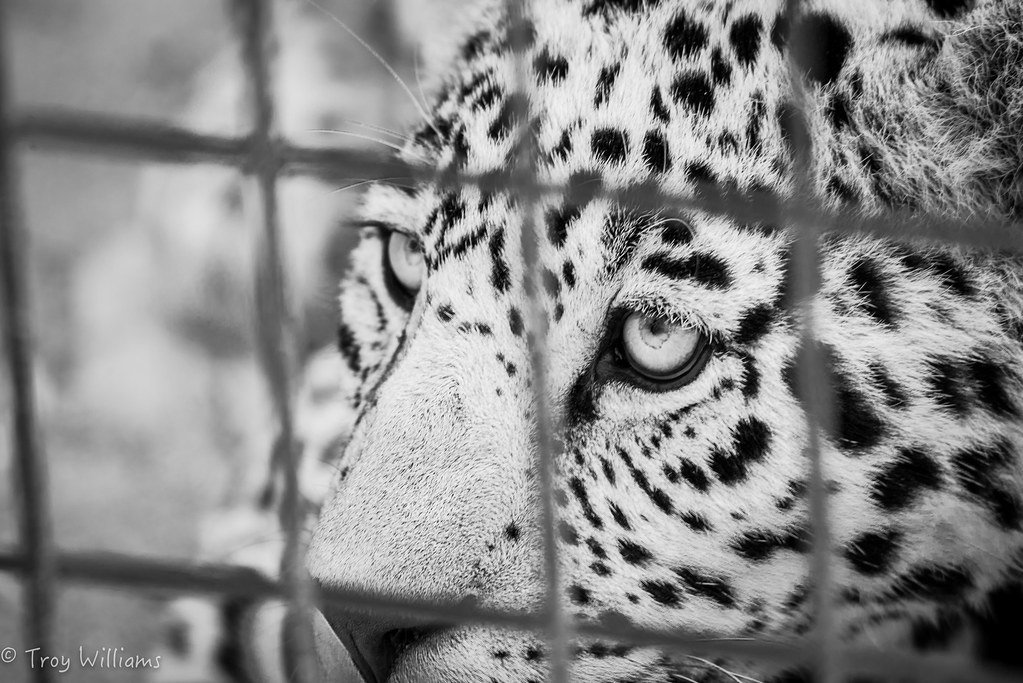
Today, the eyes of wild leopards carry an additional weight—they’re messengers of conservation urgency. As habitats shrink and human encroachment increases, their gaze seems to ask a simple question: will you help us survive?
Every photograph, every documentary, every conservation effort begins with someone looking into those amber eyes and feeling compelled to act. They’re not just windows into the wild—they’re calls to action for our planet’s future.
The next time you see a leopard’s photograph or encounter one in the wild, take a moment to really look into their eyes. You’ll find stories of survival, wisdom, and wild beauty that no words can fully capture. What message do you think they’re trying to tell us?
Hi, I’m Bola, a passionate writer and creative strategist with a knack for crafting compelling content that educates, inspires, and connects. Over the years, I’ve honed my skills across various writing fields, including content creation, copywriting, online course development, and video scriptwriting.
When I’m not at my desk, you’ll find me exploring new ideas, reading books, or brainstorming creative ways to solve challenges. I believe that words have the power to transform, and I’m here to help you leverage that power for success.
Thanks for stopping by, Keep coming to this website to checkout new articles form me. You’d always love it!






